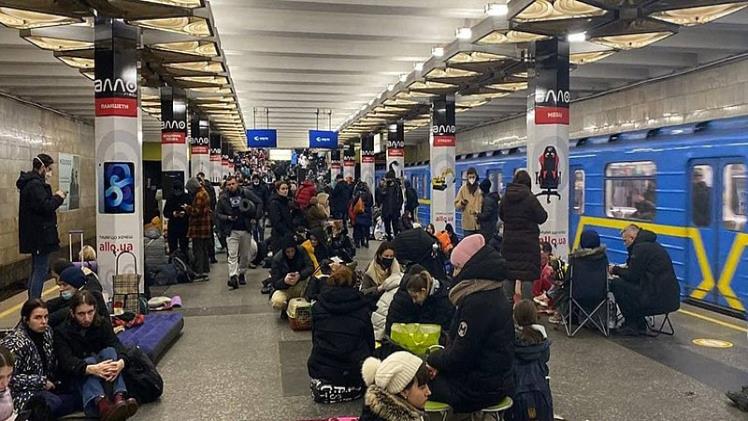Aug 5, 2017 Nice city, but bad public transportation. Neighborsdaybloomberg make travel difficult. It’s in a historic area with nice historic buildings. The people are friendly, the weather is nice most of the time, and the central location makes it a great place to live, work and play. But Madrid has so much going for it that it’s hard to pick just one thing that makes this the perfect city to live in. The public transportation system is excellent, modern, clean and safe. There are a lot of reasons we love living in Madrid but probably the best reason is the great public transportation system that serves every corner of this huge city with stations everywhere. That’s why Madrid is also home to one of Europe’s most beautiful cities with a history rich culture that will leave you speechless. Here’s our list of everything you need to know about Madrid:
What is the location of Madrid?
Madrid is the capital city of Spain and the most populated city in the country. The city is located in the south-central part of the country, and is the most visited city in the country. It is also known as “The Capital of the North” because it is the largest city in the region that includes northern Spain. It is also the seat of the College of Spain. Madrid is a beautiful city with rich history, culture and a great location for any type of lifestyle. It is also home to some of the most popular museums in the world.
How old is Madrid?
It is pretty much the age of Rome, Florence and Amsterdam. Madrid is the oldest city in Spain, and the most ancient, having been settled before the Common Era. It is also the oldest city in Europe. Spain’s independence has been the most important factor in its gradual aging, as the country has been in contact with the outside world for almost the entire recorded history of the country. Ancient Madrid was a great place to live and work as it was home to some of the most important Roman, Medieval, and Modern European antiquities. The city also has an amazing history rooted in civil wars, political alliances and revolutionary resistance. It has been a part of Spain for more than 2,500 years and is still a fascinating place to visit.
## What is the weather like in Madrid?
The mild and pleasant climate of Madrid makes for a great place to live and work in, as the weather is perfect in the city in all seasons. There are few regions of the world that experience winter as well as Madrid does, as the cold wind frequently blows through the city and causes numerous. The average temperature in Madrid is5 degrees Celsius in winter, and 18 degrees in summer. In winter, the winters are cold and snowy, while in summer many of the city walls and ancient walls come alive with the light and continuous Torrente de la Mancha, or “Sweet Tempest”.
## What are the services in Madrid?
The public transportation system in Madrid is excellent and reliable, with plenty of options and routes to choose from. The metro system, which is the biggest, most diversified and most frequent system in Europe, has a robust network of stations that easily handle the demand for services. The city also has excellent public transportation of a regional, local and express variety, as well as the very popular metro. The suburban rail system, which is regional and limited in operation, is also very popular and efficient, serving areas such as the seaside resort of Almería. Other than these, Madrid also has a great number of other modes of public transportation including the subway, autobus, mexicano and ferroviado. There are also a number of different touristic organizations that can help you to plan your perfect visit to Madrid.
## Culture of Madrid
The city of Madrid is full of fascinating and ancient history. It is the seat of the College of Spain and the most visited city in Europe, so naturally there is a lot to see and do in Madrid. One of the places you will want to choose for your visit to Madrid is the city walls. The city walls are perhaps the most recognizable and recognizable architectural elements in Madrid, and are also one of the most stunning to look at. The walls of Madrid are made of cobalt blue sandstone, a type of volcanic stone that is predominantly used for structural purposes. The walls are about 2,000 feet in length and vary in color from dull gray to vibrant red. The walls were once used to keep people and goods safe and free within the city limits. They are now home to a number of world-renowned museums and monuments, as well as the plenary of the College of Madrid.
## Food scene in Madrid
The food scene in Madrid is very much like in most large cities in Europe. It is very vibrant with lots of different places to eat and drink. There are many local and regional fusion spots, as well as international spots to choose from. Food in Madrid is generally very affordable and can be had in almost any place in the city. It is also very easy to cook at home, making it a no-brainer for any type of meal. If you are looking for healthy food with a Western-inspired flair, then Madrid is the city for you.
## Taxes and fees in Madrid
If you are not a regular visitor to Madrid, you may not know that there are a number of additional taxes and fees that may arise when you are living in the city. Overall, Madrid is a very inexpensive city to live in, and yet there are some added costs that may surprise you. Get in touch with your tax advisor if you want to know more about specific fees and incentives that may be applied to you.
## Final Words
Now that you have a better understanding of Madrid, we hope you will explore the different areas that make the city so unique and interesting to live in. You will notice that there are a lot of choices when it comes to living in Madrid. From the affordability of the city to the plethora of fun and affordable activities and services, you will find it hard to choose just one thing that makes Madrid the perfect place to live. With so much to see and do in Madrid, it is really hard to pick just one thing that makes the place great. With that in mind, here are the top 10 things to do in Madrid.

